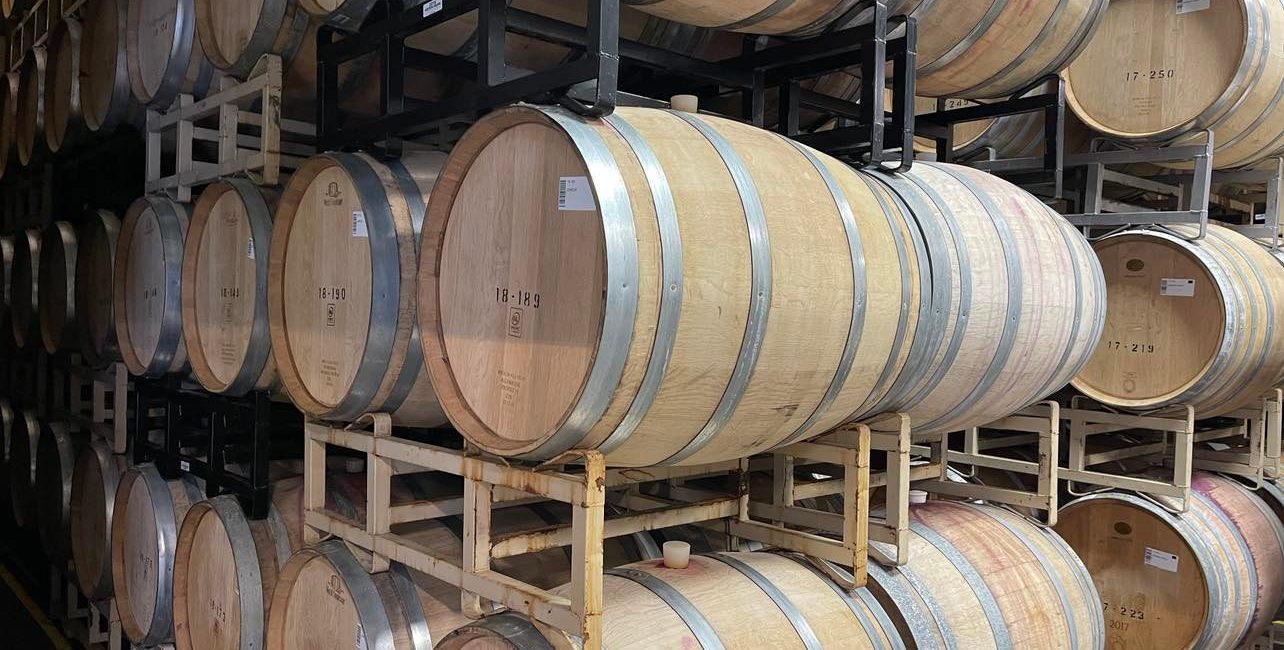Barriques, tonneaux ou fûts?

Besides witnessing the pure magic of yeasts and different micro-organisms transforming grapes into a wine that can age for decades, what fascinates me the most about my job is my work with barrels. They are rough and simple in their conception yet extremely sophisticated at the same time. Manufacturing a barrel is very artisanal and cannot be mass produced with machines. Only a human being, using all his skills and all his senses, can bend the staves, toast and put together the different pieces to craft a barrel. No matter how consistent a barrel producer is trying to be, every single barrel will be different from one another.
Barrels, as we know them today, most likely originated with the Celtics more than 2,000 years ago. Gauls and Romans developed barrels as a reliable and efficient way to ship wine across Europe. Oak became the main wood used to make barrels. It is a soft type of wood and therefore easier to bend. It was also abundant in the forests of Europe and its tight grain offered a waterproof storage solution. Overtime, people dealing with wines stored in barrels discovered the positive effects that oak had on the wine and thus began the practice of aging wine in a barrel.
Now days, barrels found in a winery are mainly made in France from oak trees grown there. Barrels made in the USA and Hungary, for example, are available as well. While visiting a winery in Argentina, I even came across a couple of barrels made in China.
When a winemaker has to purchase a barrel, here are the criteria he has to choose from:
- Cooper
- Country of origin
- Type of wood
- Shape and volume (Burgundy 228 liters, Bordeaux 225 liters or Cognac 300 liters)
- Forest (Allier, Vosges and Tronçais are the main growing regions)
- Level of toast for the inside of the staves and the heads
- Number of years the oak was left to dry before being used
All of these will have a profound impact on the wine produced.
So every time I roll an empty barrel, place it neatly on a stillage and fill it with wine it reminds me that, even if we have modern tools, winemaking is still very much craftsmanship.